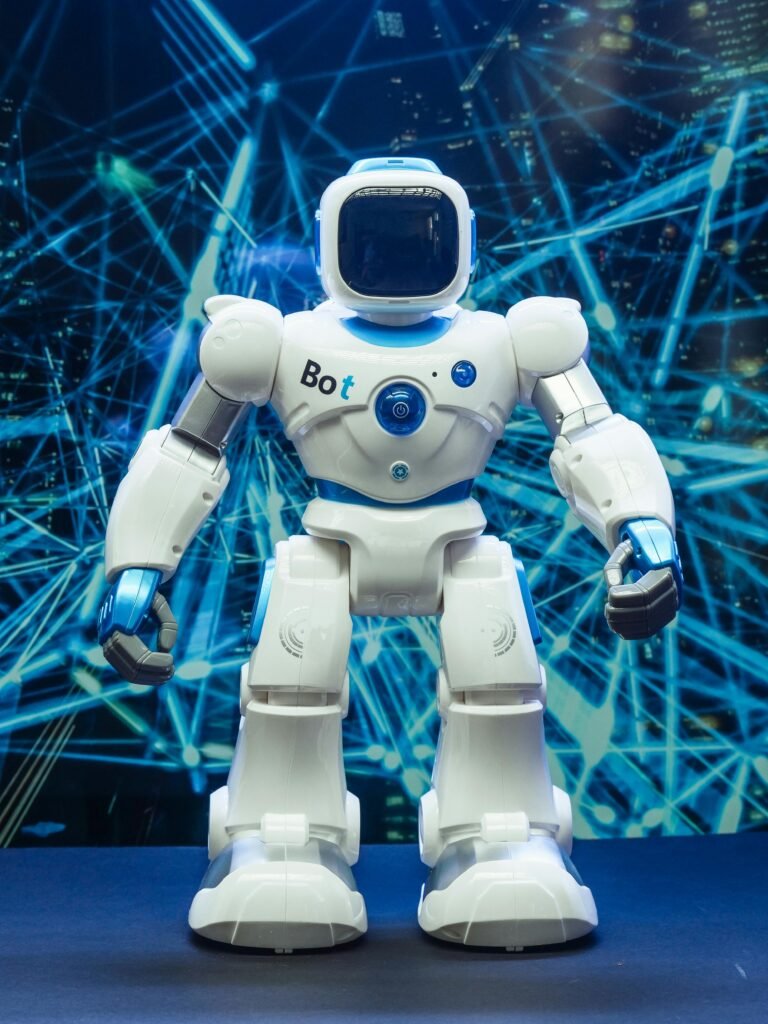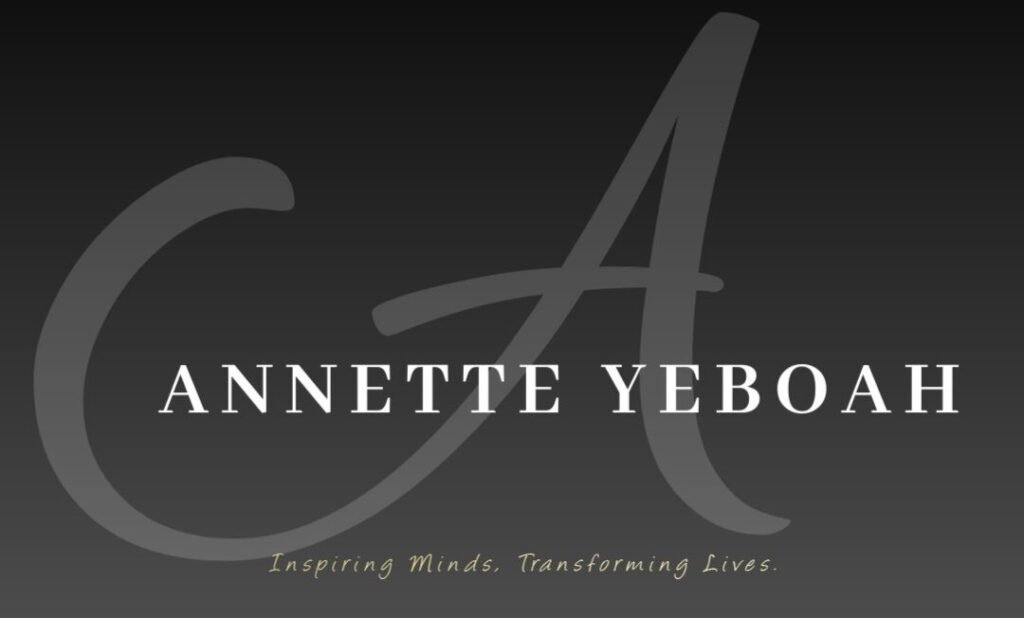Iam a writer and a content creator, my job is always to generate ideas, compose narratives, and engage readers with thought-provoking write ups.

I met a friend at one of the pubs at Osu Oxford Street in Accra. The Osu Oxford Street is well known for its night life.
As we were waiting for what we ordered for, my friend made a profound remark. ‘Have you heard of Artificial Intelligence (AI)?’
‘No, I responded.
‘Is it a new word in town?’ I asked him.
‘It is a writing tool,’ he said.
I asked, ‘What is AI?’
He said, ‘AI is Artificial Intelligence.’
As I wanted to know more about this new tool, I asked him what it does and how it will help me as a writer.
He said, AI is transforming the way we live and work in the online ecosystem. It automates tasks, predicts trends, personalizes experiences, and even creates content. Then asked him to take me through it. He took my smartphone went to Google Play Store and downloaded an AI application tool. He also taught me how navigate the app.
It looked good and useful. I was also very excited that won’t be going through that hustle anymore when I want to write.
I became an overbearing on this new found love app.
But recently, I noticed that AI, with all its power and potential, has made me, a little lazy to think.
AI is every writer and content creator’s dream in many ways. It can generate ideas, suggest improvements, and even draft entire sections of text the way one want. When deadlines appear and creativity seems vague, AI can be a lifesaver. But here is the thing: the more I relied on this application, the more I noticed a shift in my approach to writing.
Instead of pitching deep into brainstorming sessions, I found myself turning to AI for that initial spark. What was once something exciting challenge became an easy shortcut. And while the results were often impressive, I couldn’t shake the feeling that something was missing, my own critical thinking.
Writing has always been about more than just words on a page. It is about the process, procedures and style the writer must go through.
The struggle to find the perfect phrase, the satisfaction of crafting a compelling argument, and the joy of creating something uniquely mine. But with AI stepping in, that process started to feel different and awkward. Those struggles were gone and I have replaced it with convenience. And while convenience is great, it also made me realize how much I valued the journey of creation.
When I allowed AI take the lead, my creative muscles weren’t being stretched as much. The ideas were there, but they weren’t always mine. The phrasing was polished, but it lacked the personal touch that comes from hours of contemplation. It was like I am having a co-writer who knew the right answer, but in the process, I lost some of my own voice and felt very guilty.
Writing is not just creativity, rather it demands critical thinking of the writer’s perspective. Crafting a persuasive argument or exploring a complex topic means engaging deeply with the material.
But when AI was doing the thinking on my behalf, I let my guard down. Instead of questioning, analyzing, and challenging the content, I found myself accepting whatever AI suggested without scrutinizing it. It resulted to me been very lazy. If I pick a legal pad or a pen to write I thought of AI to do it.
Over time, I realized that I wasn’t engaging with my writing in the same way I was then, been authentic, original and unique. I wasn’t digging and thinking deep or questioned as much. The convenience of AI had made me comfortable and too complacent.
Finding my balance
What was the solution? It is not about abandoning AI altogether. AI is an incredible tool that can enhance productivity, inspire creativity, and help overcome writer’s block. But for me, it’s about finding the balance.
I have now set boundaries for how I use AI in my writing process. I still use it for brainstorming and editing, but I make sure to take my time to think independently before I turn to AI. I remind myself that the value of writing isn’t just in the final product, but in the effort, thought, and creativity that I put into it my writings.
Reclaiming the creative process
AI made me, lazy to think but it also taught me an important lesson. Creativity and critical thinking are muscles that need to be exercised. While AI can be an amazing assistant, it’s essential to stay engaged and maintain ownership of the creative process and procedures.
For any writer or any content creator using AI in their work, the key is to use AI as a tool, not a crutch. Embrace its benefits, but don’t let it replace the unique thought and effort that only you can bring to the table. Because at the end of the day, it’s your ideas, your creativity, and your critical thinking that make your work truly special and unique.
To remedy the feeling of AI making you lazy to think as a writer, here are some practical steps you can take:
1. Embrace AI as a tool, not a substitute
Know that AI is there to assist you and not to replace your creative and critical thinking processes. Use AI for certain tasks like brainstorming ideas, generating initial drafts, or providing feedback, but always maintain your role as the sole primary creator and thinker.
2. Set Boundaries and goals
Set clear boundaries for when and how to use AI in your writing process. Define specific tasks where AI can be helpful and where you want to rely more on your own thinking and creativity. Set goals to challenge yourself to think deeply about certain aspects of your writing without AI’s immediate assistance.
3. Practice independent thinking
Engage in activities that promote independent thinking and creativity. This could include brainstorming sessions without AI, reading diverse perspectives on your topics, or discussing ideas with peers to stimulate new thoughts and insights.
4. Edit and revise thoughtfully
When using AI for editing or revising drafts, take the time to critically evaluate its suggestions. Don’t accept changes blindly; instead, consider how they align with your original intent and voice. Use AI’s feedback as a tool to refine your ideas rather than as the final authority.
5. Cultivate a writing routine
Develop a consistent writing routine that includes dedicated time for brainstorming, drafting, revising, and reflecting. Incorporate moments of solitude and introspection to allow your ideas to develop organically before seeking external input, including from AI tools.
6. Experiment and explore new techniques
Explore all the alternative writing techniques and exercises that challenge your creativity and critical thinking skills. Try writing by hand, using different brainstorming methods, or collaborating with others to gain diverse perspectives and insights on the topic you want to write on or about.
7. Seek feedback from humans
Balance AI-generated feedback with feedback from human readers, mentors, or colleagues who can provide subjective insights and emotional intelligence that AI may lack. Human interaction and feedback can help you refine your ideas and strengthen your writing in ways that AI cannot.
8. Reflect and adapt
Reflect on your writing process and the role AI plays in it. Be open to adapting your approach based on what enhances your creativity and critical thinking while leveraging AI’s strengths effectively.
By integrating these strategies into your writing practice, you can maintain control over your creative process, nurture your critical thinking skills, and ensure that AI remains a valuable tool rather than a hindrance to your growth as a writer and a content creator.
